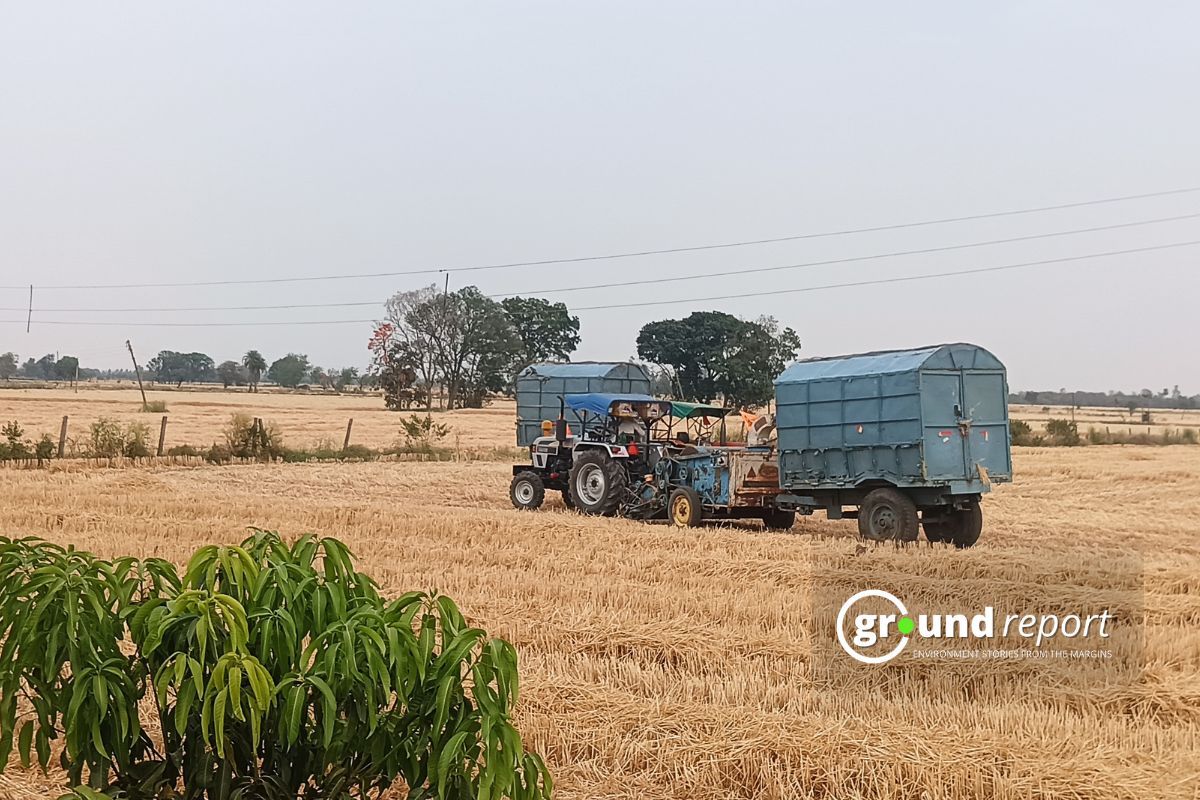There have been five mass extinctions in Earth’s history, and many experts have warned that a sixth mass extinction could already be underway as a result of human activity since the Age of Exploration.
Some scientists have even suggested that almost 40% of the species currently residing on our planet could become extinct by 2050.
But is this just the worst-case scenario? Is such a drastic decline in Earth’s species likely?
In a study published by the journal Nature, the effects that humanity had on the conservation of species warned of an alarming future. In such research, a prediction was made of the animals that would be affected over the next few decades. The authors concluded that 37% of species could be destined for extinction by the year 2050.
The sixth extinction predicted by science
“A sixth mass extinction is definitely possible,” says Nic Rawlence, director of the Otago Paleogenetics Laboratory in New Zealand, to the specialized journal published by his university.
” nd, if species don’t go globally extinct, those that can’t adapt to our rapidly changing world are likely to experience range contractions, population bottlenecks, local extinctions, and become functionally extinct,” the report said.
According to the International Union for Conservation of Nature (IUCN) Red List of Threatened Species, some 41,000, about a third of all assessed species, are currently threatened with extinction.
Some of the spices that could become extinct by 2050
- The Sumatran orangutan (Pongo abelii)
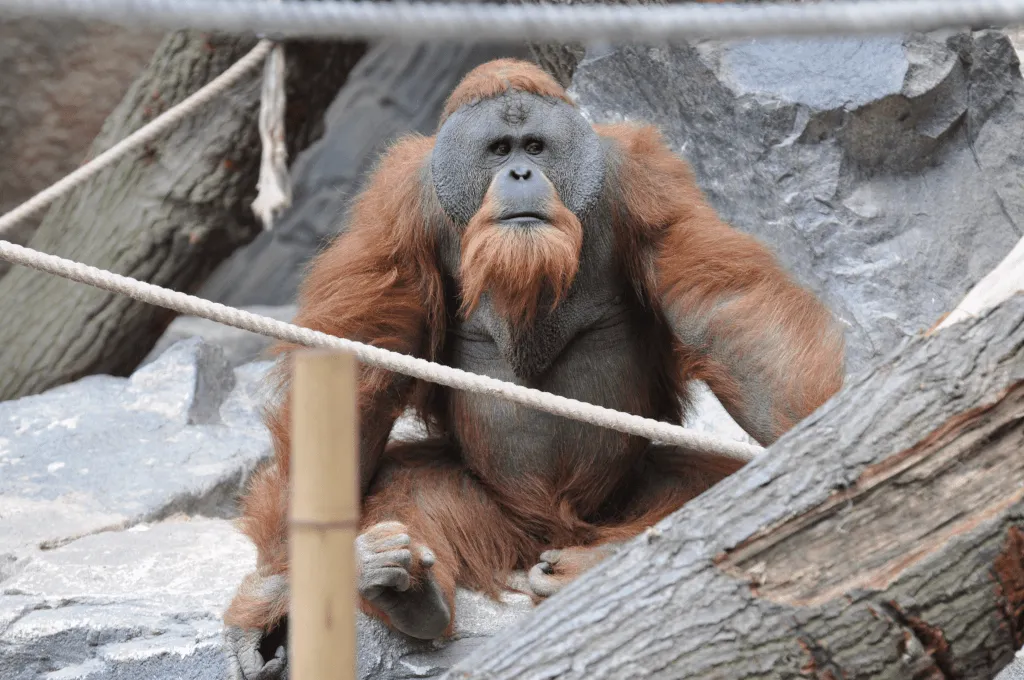
- The Amur leopard (Panthera pardus orientalis).
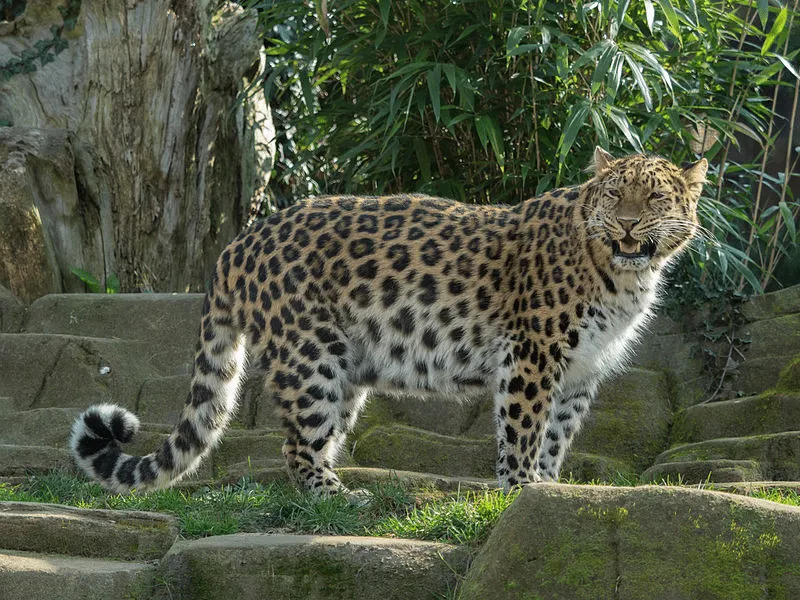
- The Sumatran elephant (Elephas maximus sumatranus),
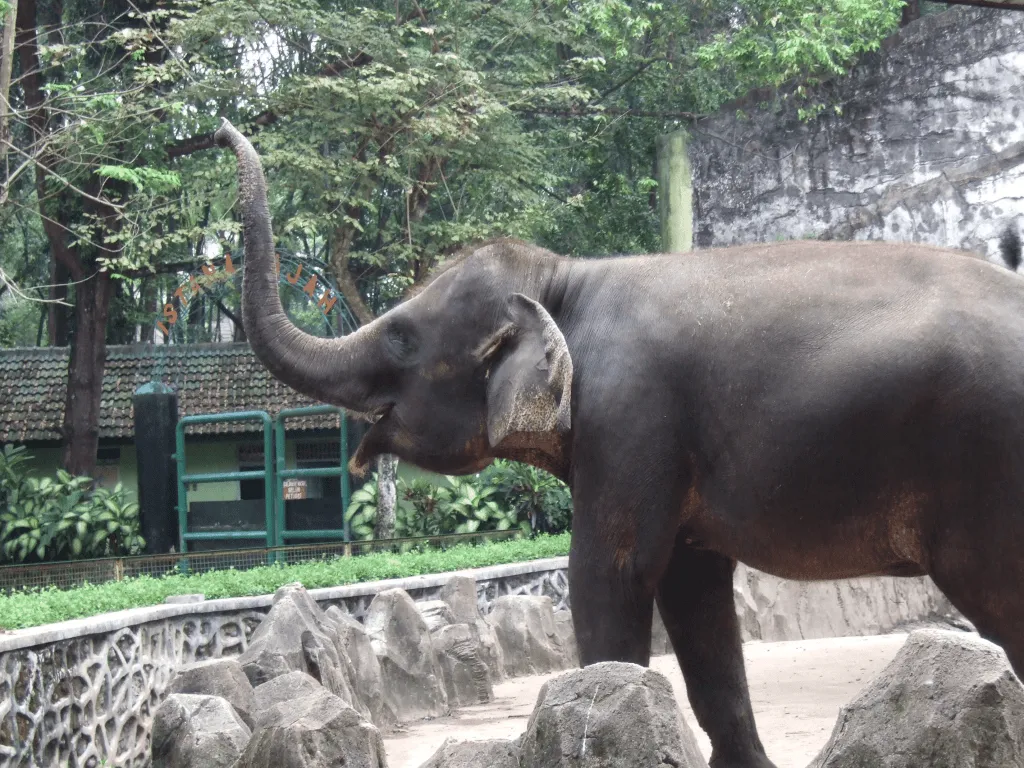
- The black rhinoceros (Diceros bicornis)
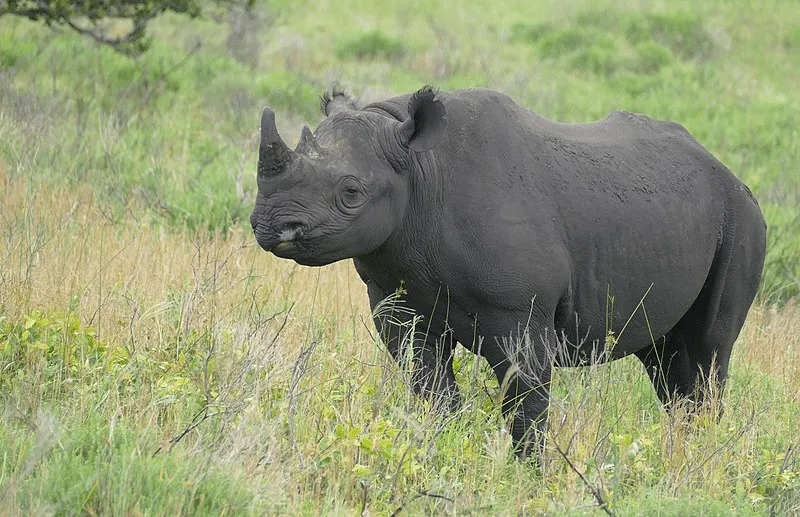
- The hawksbill turtle (Eretmochelys imbricata)

- The Sunda tiger (Panthera tigris sondaica)
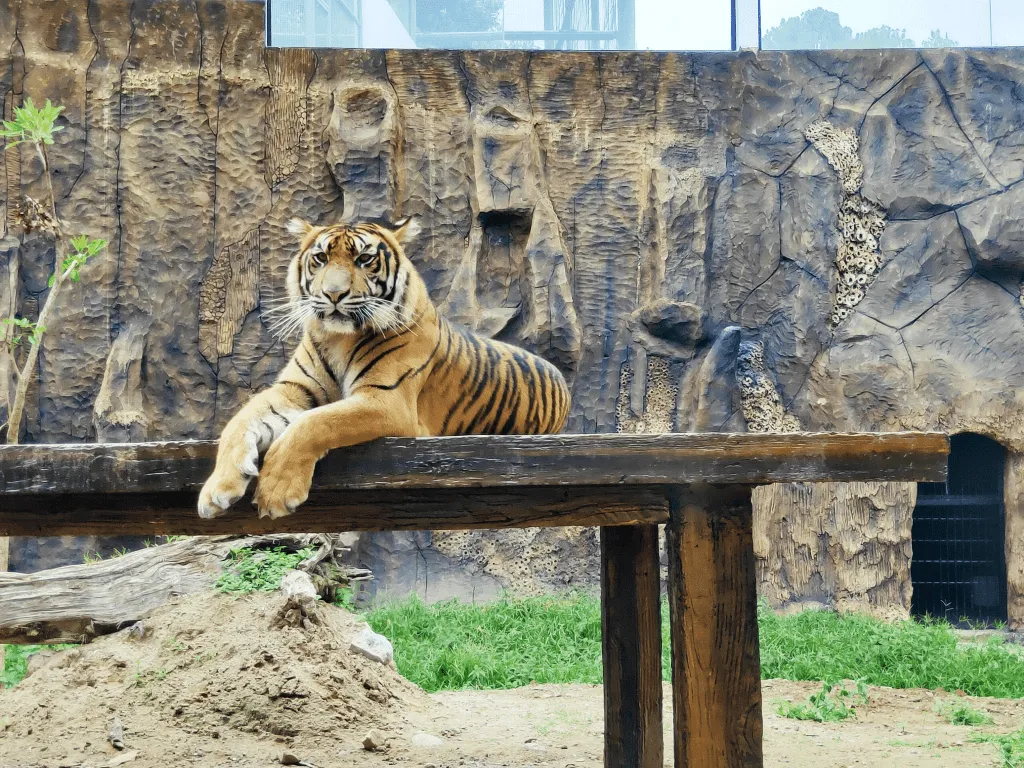
- The Cross River gorilla (Gorilla gorilla diehli)
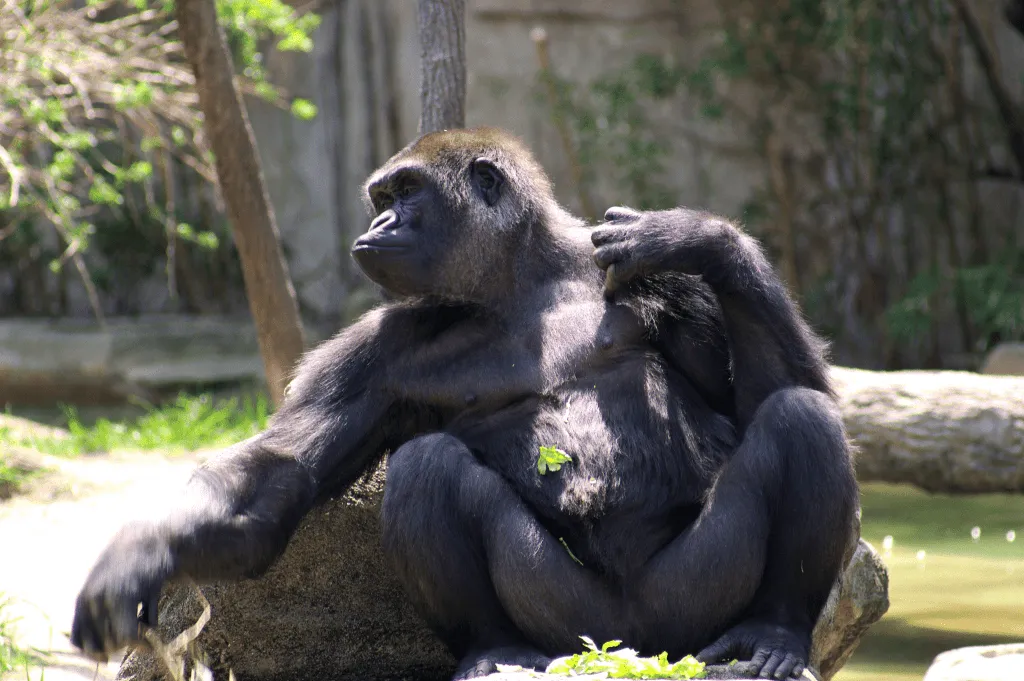
What does it mean when a species is in danger of extinction?
The IUCN describes critically endangered species as “a category containing those species that pose an extremely high risk of extinction as a result of a rapid population decline of 80 to 90 percent in the last 10 years, a current population size of fewer than 50 individuals or other factors.”
Many of these species are so severely threatened that they may not make it by 2050. For example, there are only 70 Amur leopards left in the wild, while the vaquita, a species of porpoise that is considered the rarest marine mammal in the world, only has 10 individuals, according to the WWF.
There are countless lesser-known species that are also endangered. A 2019 review published in the journal Biological Conservation found that more than 40% of insect species are now threatened with extinction, with researchers saying that “more sustainable and ecologically based practices” need to be adopted across the board to “stop or reverse current trends.
The insects that could disappear in 2050
Dozens of insect species are on the IUCN “critically endangered” list, such as the white-tipped grasshopper (Chorthippus acroleucus), the Southern Alpine cricket (Anonconotus apenninigenus), the Swanepoel’s blue butterfly (Lepidochrysops swanepoeli), the Franklin bumblebee (Bombus franklini), and the Seychelles wingless grasshopper (Procytettix fusiformis).
What does the sixth mass extinction mean?
Extinction is part of life, and animals and plants disappear all the time. About 98% of all organisms that have ever existed on our planet are now extinct. When a species becomes extinct, its role in the ecosystem is usually taken over by new or existing species. The ‘normal’ extinction rate for Earth is often thought to be between 0.1 and 1 species per 10,000 species per 100 years. This is known as the background rate of extinction.
A mass extinction event is when species disappear much faster than they are replaced. This is generally defined as about 75% of the world’s species being lost in a ‘short’ geological time frame: less than 2.8 million years.
The study has extrapolated the data obtained from land snails and slugs and maintains that since the year 1500 the Earth could already have lost a staggering number of 150,000 to 260,000 species, which would mean between 7.5 and 13 % of its two million known species.
What there is no evidence of is that this crisis is affecting the oceans to the same extent as the land surface. Robert Cowie: “We are witnessing the beginning of the Sixth Mass Extinction in the history of the Earth” “In effect, we are witnessing the start of the Sixth Mass Extinction in Earth’s history, ” said Robert Cowie, lead author of the study and research professor at UH Manoa Pacific Biosciences.
” Humans are the only species capable of manipulating the biosphere on a large scale. We are not just another species that evolve in the face of external influences. On the contrary, we are the only species that has a conscious choice regarding our future and that of others” Earth’s biodiversity, ” he recalled.
ALSO READ
- #Explained: What Is Bio-Magnification?
- What Are The Chances Of African Cheetah’s Survival In India?
- Kapico Resort Demolition, Fishermen’s 14 Years Of Struggle
- How A Four-Day Work Week Can Help Combat Climate Change?
Follow Ground Report for Climate Change and Under-Reported issues in India. Connect with us on Facebook, Twitter, Koo App, Instagram, Whatsapp and YouTube. Write us on GReport2018@gmail.com



